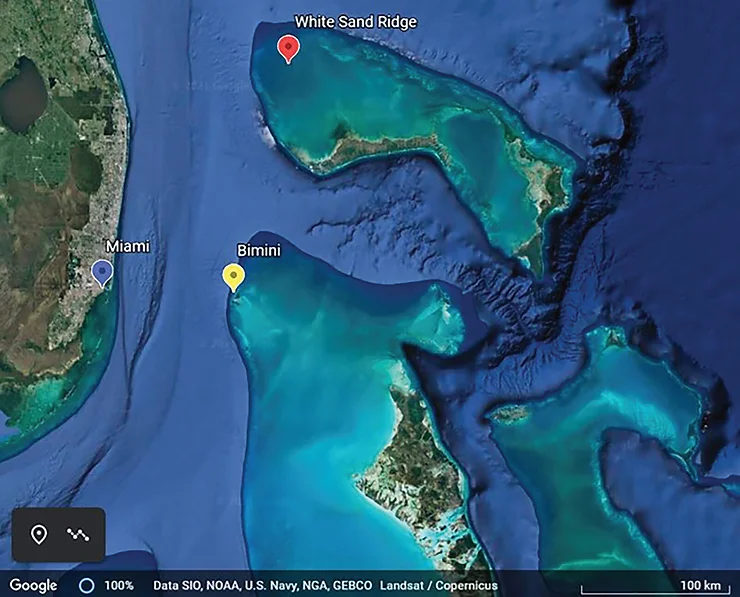By: April Yan
In 2013, a pod of 52 Atlantic spotted dolphins were forced to migrate due to some mysterious forces and leave their home by the Little Bahama Bank in the northern Bahamas. They journeyed for 100 miles to the south, where they ended up near the islands of Bimini, a place already occupied by a colony of 120 Atlantic spotted dolphins.
When this happened, scientists predicted there was going to be a lot of fighting, for it is an expected behavior between mammals, especially males, often fighting for territory and excess for most females.
But surprisingly, the mixing of the two groups went smoothly. It was a fantastic discovery for scientists, as they continued to see how the two groups went on.
Two teams of researchers recently published papers about the growing dolphin community. Their predictions, unlike the dolphins, were not blended, and offered independent confirmation that dolphins from different groups formed strong bonds in a short time frame.
The rare event provides new clues about how brainy these mammals were, in organizing their complex societies, and may help predict what may occur if climate change pushes populations together.
Denise Herzing, a marine mammal behavioral biologist at the nonprofit Wild Dolphin Project, and her peers watched dolphins on the Little Bahama Bank for almost 30 years, tracking the 52 dolphins from the day they left.
“We were curious how they were integrating,” she stated. “It’s a kind of a natural experiment.”
The friendship between the two pods was already solid, in just one year, but sometimes, there is a little aggression, when it is time to mate. It says in an article, “Dr. Herzing’s group did see some aggressive behaviors, such as dolphins slapping or ramming heads, that are typical when males fight over mating opportunities. Her group mapped the cetaceans’ associations from 2015 to 2020 and reported the results last week in the journal Marine Mammal Science. But the fighting that Dr. Herzing’s team observed is not unusual and can occur within a single group of dolphins.”
Although there are signs of aggression during the mating session, there is barely anymore, for there is nothing to fight over.
Scientists are hopeful that the groups of dolphins will continue to be like this, for there might be more groups coming there because of climate change.
“We don’t know exactly how species are going to fare,” Dr. Herzing says. For more information, go to
Source:











